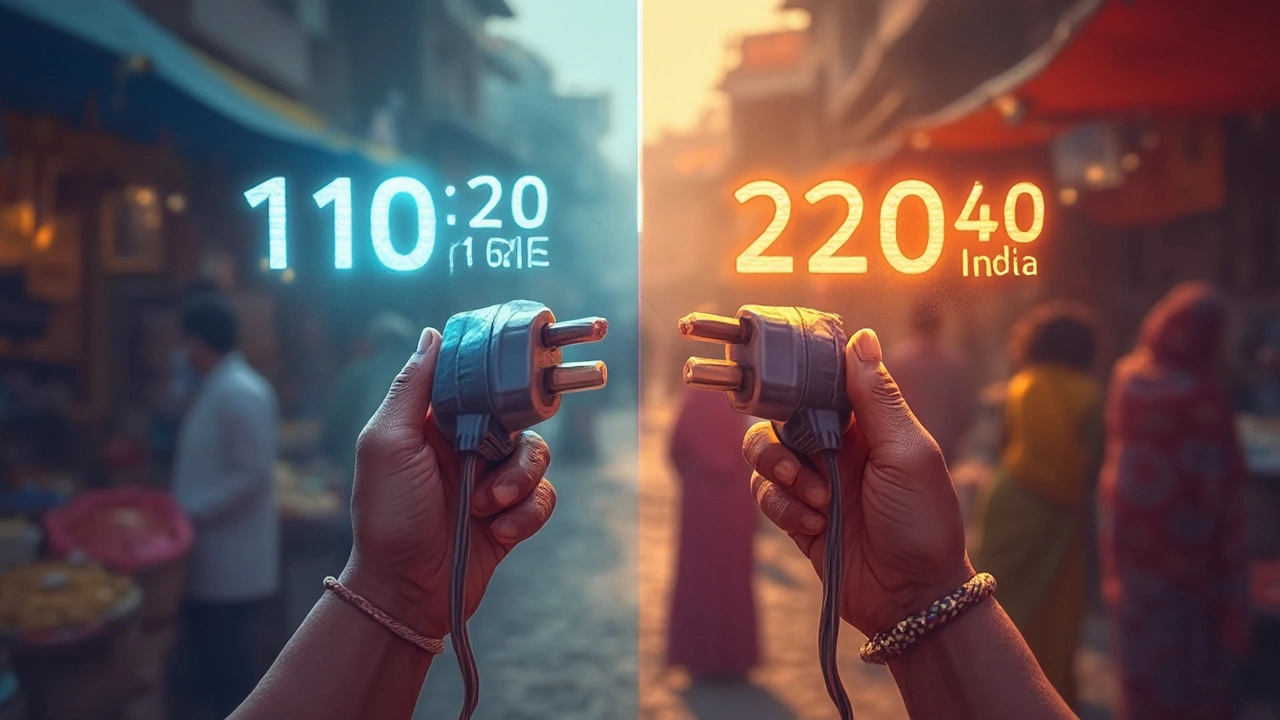Voltage Converters: Types, Uses, and Buying Tips
If you travel abroad, run a workshop, or need to power a device that doesn't match your outlet, a voltage converter is the tool that makes it happen. In simple terms, a converter changes the electrical voltage from one level to another so your equipment runs safely. The right converter saves you from blown fuses, short circuits, and expensive repairs.
How Voltage Converters Work
A basic converter contains a transformer that steps the voltage up or down. When you need to power a 110‑volt laptop in a 220‑volt country, you use a step‑down converter. The transformer pulls the higher voltage from the wall and reduces it to the lower level your gadget expects. The opposite happens with a step‑up converter – it takes a low‑voltage source and raises it to match the device's requirements.
Most modern converters also include built-in safety features: surge protection, fuse protection, and automatic shut‑off if the load exceeds the rated capacity. These safeguards protect both the converter and the connected device.
Choosing the Right Converter
Here’s a quick checklist to help you pick a converter that fits your needs:
1. Know the voltage difference. Identify the voltage of your power source (usually printed on the wall socket or power board) and the voltage rating of the device you plan to run.
2. Check the wattage. Every device lists its power consumption in watts. Choose a converter rated for at least 20‑30% higher wattage than your total load. For example, a 150‑watt hair dryer needs a converter rated around 200 watts.
3. Pick the right type. Use step‑down converters for high‑to‑low voltage shifts, step‑up for low‑to‑high, and dual‑range converters if you need flexibility.
4. Consider portability. If you travel often, look for lightweight models with plug adapters for multiple countries. If the converter stays in a workshop, size and durability matter more than weight.
5. Read the safety specs. Look for certifications like CE, UL, or ISO. These marks indicate the product passed basic safety tests.
Remember, a converter is not the same as a voltage transformer used for heavy industrial equipment. For high‑power tools, you might need a transformer with a larger metal core and cooling system.
Finally, keep the converter away from moisture, heat sources, and direct sunlight. Store it in a dry place and unplug it when not in use. A little care extends its life and keeps your devices safe.
Whether you’re charging a phone, running a kitchen appliance, or powering a small workshop saw, the right voltage converter makes the job painless. Use the checklist above, match the wattage, and you’ll avoid most common problems. Happy powering!

Will US Electronics Work in India? A Practical Guide
For those considering using US electronics in India, there are important factors to understand regarding voltage and plug compatibility. Since the US operates on a 110-120V system, while India uses a 220-240V system, voltage converters or transformers might be needed. Additionally, plug types differ between the two countries, necessitating the use of plug adapters. Our guide provides practical advice for ensuring the safe and efficient operation of your devices in India.
Read More